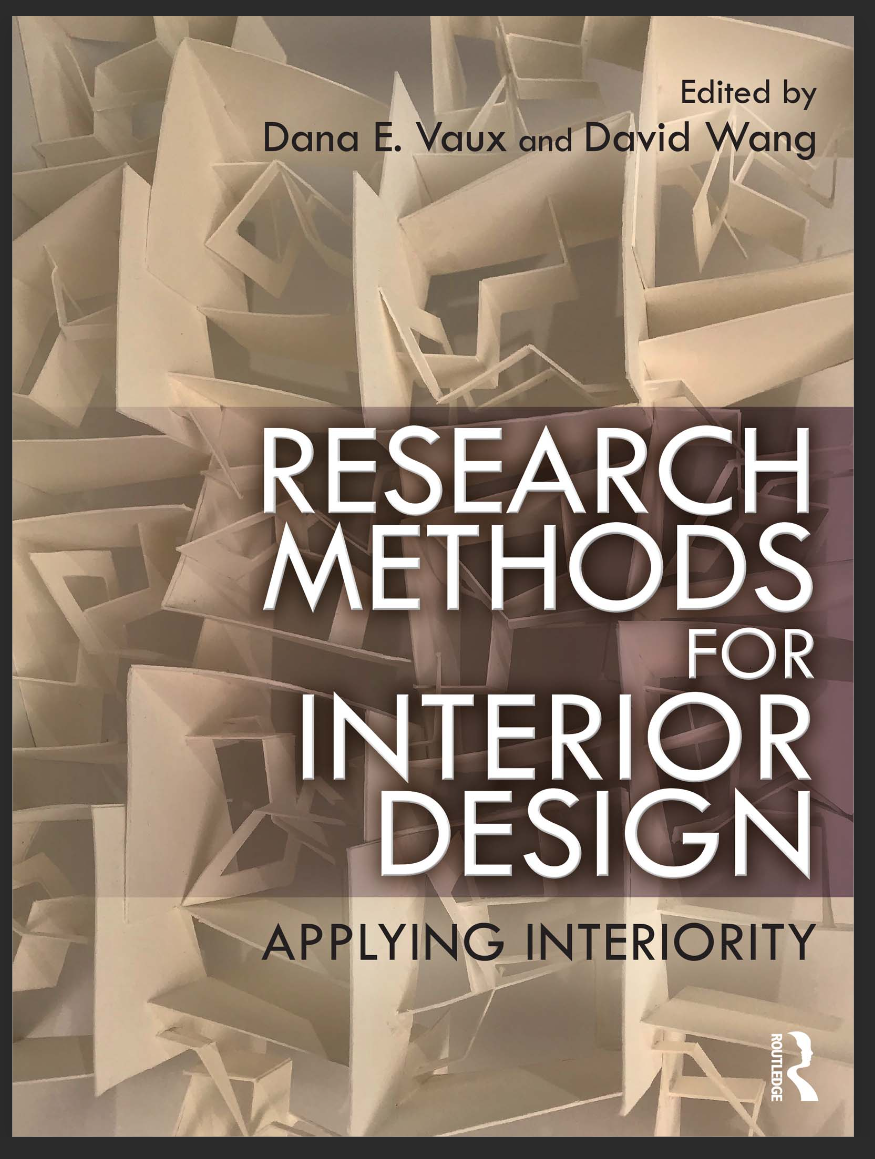I had a lot of trouble with how to go about writing the questionnaire. Because the perspective I wanted to work from and the information I needed to know were highly subjective, I wasn’t quite sure how to avoid implying my own subjective ideas in the questionnaire and making it tendentious. So, on the recommendation of my teacher, I read the book and got some inspiration.

Six iterations of the study are used to demonstrate the development of an experiment to understand “how homeless people perceive their indoor environment and how interior design should help them.”
Purpose
The purpose of reading this is to help me better adopt the appropriate research methodology for my questionnaire and subsequent design directions. As my project is about ‘lonely overseas students, I needed to first consider the definition of ‘overseas student’. Out of Edinburgh? Or out of the UK?
Secondly, there is the definition of loneliness. What is considered lonely? This is also something to think about. I would go to the psychological classification of loneliness. There should be subjective judgments of attributes and qualitative measures.
My questionnaire wanted to get a definition of the “remembered hometown” of these clients and the preferences and tendencies of this writing group, in order to classify the main functions of each of my future kiosks. I, therefore, needed to read this content and refer to the underlying logic of the research methodology to develop my questionnaire and interviews.
Analysis
Study 1 is a very basic piece of research. Controlling for constant population and household role divisions, changing parts of the shelter design was used as a variable to observe the different feedback from two households after three months.
The former was an unchanged shelter room and the latter was a shelter with 18 improvements. The feedback from the latter families was that they had more personal control and were more willing to stay longer. The children of the former families felt relatively cramped and confined and avoided interacting with the interiors of the rooms.
The more territorial and personalized nature of the converted bedrooms suggests that a deeper connection has developed between the room and its occupants. These ‘possible’ findings are the first indication of the relationship between psychological constructs and environmental settings. These findings are the beginning of our PCP.
Study 2 is a study of the needs of low and middle-income groups. Working with the company gave the researcher the opportunity to talk to a larger group of people, making the findings more diverse. The results of the interviews were analyzed as qualitative data by the micro-analysis method outlined by Strauss and Corbin.
The list of 13 needs is very informative. I selected some of them as criteria for the questionnaire. privacy, security, and safety, sense of community(?), identity and territoriality, self-esteem, place attachment and sense of place, sense of space/crowding, dignity, respect, delight, and discovery. , identity and territoriality, self-esteem, place attachment and sense of place, sense of space/crowding, dignity, respect, delight, and discovery. I then classified them according to the most basic needs, social needs, and intrinsic needs and obtained the following results.
- Privacy, Security, and safety
- Sense of community(?), identity and territoriality, place attachment and sense of place, sense of space/crowding, discovery
- Dignity, self-esteem, respect, delight
study3 would be expected to move the study toward a more generalized application. In contrast to the complexity of people’s housing needs in study2, study1 is a more targeted measure, study3 captures the contrasting needs of different stakeholders, where the findings demonstrate the different perceptions between stakeholders and residents. Therefore starting with the different groups of people associated with the project also gives the reasons for the final direction of the project. It is therefore necessary to differentiate their POE (post-employment assessment) according to the different roles, to find similarities and differences. New PCPs were also identified: security, personal control, and beauty, and the researcher eventually targeted the needs of the client rather than the supervisor or caseworker.
Study 4 found that the needs of the user should come first. The first application of 13 psychological constructs as a design criterion to a case study was well received. Study 5 updated and iterated on the definition of PCP and the terms used to represent it.
- Dignity and self-esteem
- Empowerment and personal control
- Security, privacy, and personal space
- Stress management
- sense of community
- Beauty and Meaning
Therefore in the midst of my thesis, I can use it as a reference and a model to think about. To define what people supposedly remember about home and thus select the keywords. In the course of the questionnaire, a multiple choice and supplementary proposition were made by choosing something like: which of the following words do you think would be a better description of home? Define these words in terms of basic needs, social needs personal material needs, and emotional needs. This resulted in a number of key adjectives.



Leave a Reply